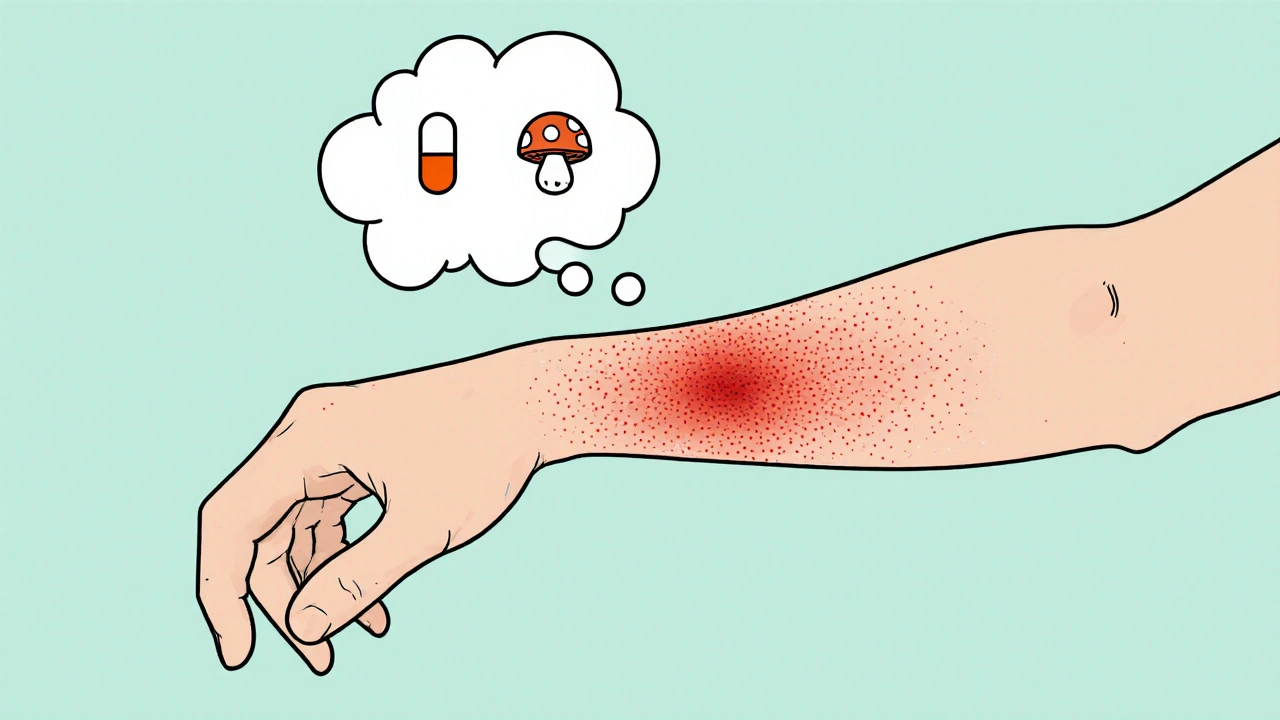
Antifungal Cream Selector
Choose Your Condition
Recommended Creams
When your skin gets itchy, red, and flaky, you probably reach for a topical cream. Lotrisone is a popular combo cream that mixes a steroid (Betamethasone) with an antifungal (Clotrimazole). But is it always the best pick? Below we break down how Lotrisone works, when it shines, and how it stacks up against other common antifungal‑steroid options.
What makes Lotrisone unique?
Lotrisone is a topical cream that combines a potent corticosteroid (Betamethasone) with an azole antifungal (Clotrimazole). The steroid reduces inflammation, redness, and itching, while the antifungal kills the fungus causing the infection.
Typical uses include:
- Ringworm (tinea corporis)
- Jock itch (tinea cruris)
- Athlete’s foot (tinea pedis)
- Fungal diaper rash
- Certain cases of Candida skin infections
The dual action means you can treat both inflammation and infection with one product, which is handy for busy people.
How Lotrisone works: the science in plain English
Betamethasone belongs to the class of glucocorticoids. It binds to receptors in skin cells, slows down the release of inflammatory chemicals, and tightens the skin’s immune response. This cuts down swelling and the urge to scratch.
Clotrimazole is an azole antifungal. It blocks the production of ergosterol, a key component of fungal cell membranes. Without ergosterol, the fungus can’t grow or survive.
Putting them together creates a “one‑two punch”: the fungus dies while the skin calms down.
When to reach for Lotrisone (and when not to)
Lotrisone is best for infections that cause noticeable inflammation. If you have a dry, scaly rash without much redness, a plain antifungal may be enough.
Also, because Betamethasone is a strong steroid, you shouldn’t use Lotrisone on:
- Large body areas for long periods (risk of skin thinning)
- Broken skin or open wounds (increased absorption)
- Children under 2 years without doctor advice
For mild cases or for people who are steroid‑sensitive, alternatives can be safer.
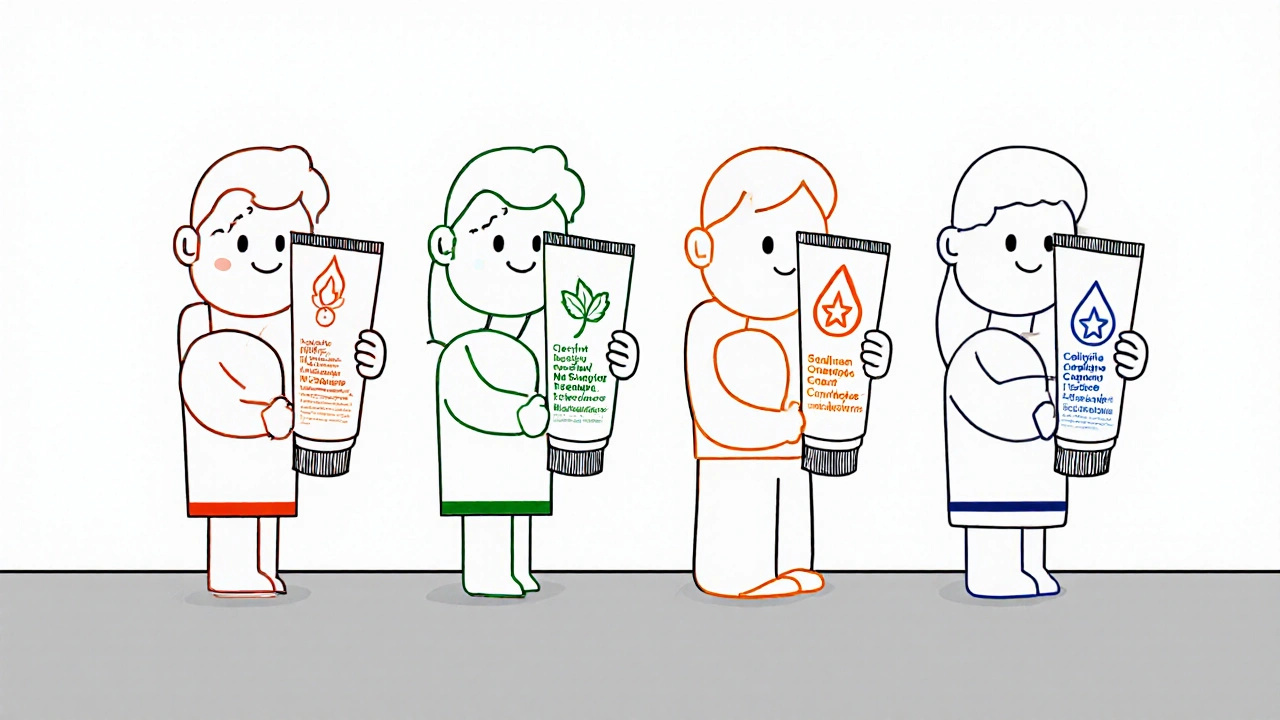
Top alternatives to Lotrisone
| Product | Active Ingredients | Strength (Steroid) | Antifungal Class | Typical Use Cases | OTC Availability (US) |
|---|---|---|---|---|---|
| Lotrisone | Betamethasone 0.1% + Clotrimazole 1% | High | Azole | Inflamed fungal infections (ringworm, jock itch) | Prescription |
| Hydrocortisone + Miconazole | Hydrocortisone 1% + Miconazole nitrate 2% | Low | Azole | Mild inflammation with fungal infection | OTC |
| Terbinafine | Terbinafine 1% | None | Allylamine | Dermatophyte infections with little inflammation | OTC |
| Ketoconazole | Ketoconazole 2% | None | Azole | Hair‑and‑skin fungus, seborrheic dermatitis | OTC (low concentration) |
| Nystatin | Nystatin 100,000 IU/g | None | Polyene | Candida skin infections (diaper rash, intertrigo) | OTC |
Deep dive into each alternative
Hydrocortisone + Miconazole
Hydrocortisone is a mild steroid, rated as low‑potency compared with Betamethasone. It soothes irritation without the higher risk of skin thinning. Miconazole fights a broad range of dermatophytes and Candida.
Good for: minor rashes that are slightly inflamed, people who need an OTC option. Not ideal for severe or thick‑skinned infections.
Terbinafine
Terbinafine works by inhibiting fungal enzyme squalene epoxidase, leading to toxic build‑up inside the fungus. It’s very effective against nail fungus and athlete’s foot.
Pros: No steroid, so no risk of skin thinning; often cures infection in 2‑4 weeks. Cons: Doesn’t address itching or redness, so you may still need a separate anti‑itch cream.
Ketoconazole
Ketoconazole is another azole with strong activity against yeasts and molds. It’s frequently used for seborrheic dermatitis and dandruff.
Pros: Broad spectrum, OTC low‑dose versions are cheap. Cons: Higher concentrations need prescription; some people experience skin irritation.
Nystatin
Nystatin binds to fungal cell membrane sterols, causing leakage. It’s the go‑to for Candida‑only infections, especially in moist folds.
Pros: Targets Candida without affecting normal skin flora. Cons: Not effective against dermatophytes like ringworm.
Cost and accessibility snapshot
Lotrisone usually costs $15‑$25 for a 30‑gram tube and requires a prescription in the U.S. Hydrocortisone‑Miconazole combos can be bought for $8‑$12 OTC. Terbinafine and Ketoconazole OTC creams are $5‑$10, while Nystatin is about $6‑$9.
If insurance covers prescriptions, Lotrisone’s out‑of‑pocket price may drop significantly, but for short‑term use many people prefer the cheaper OTC mix.
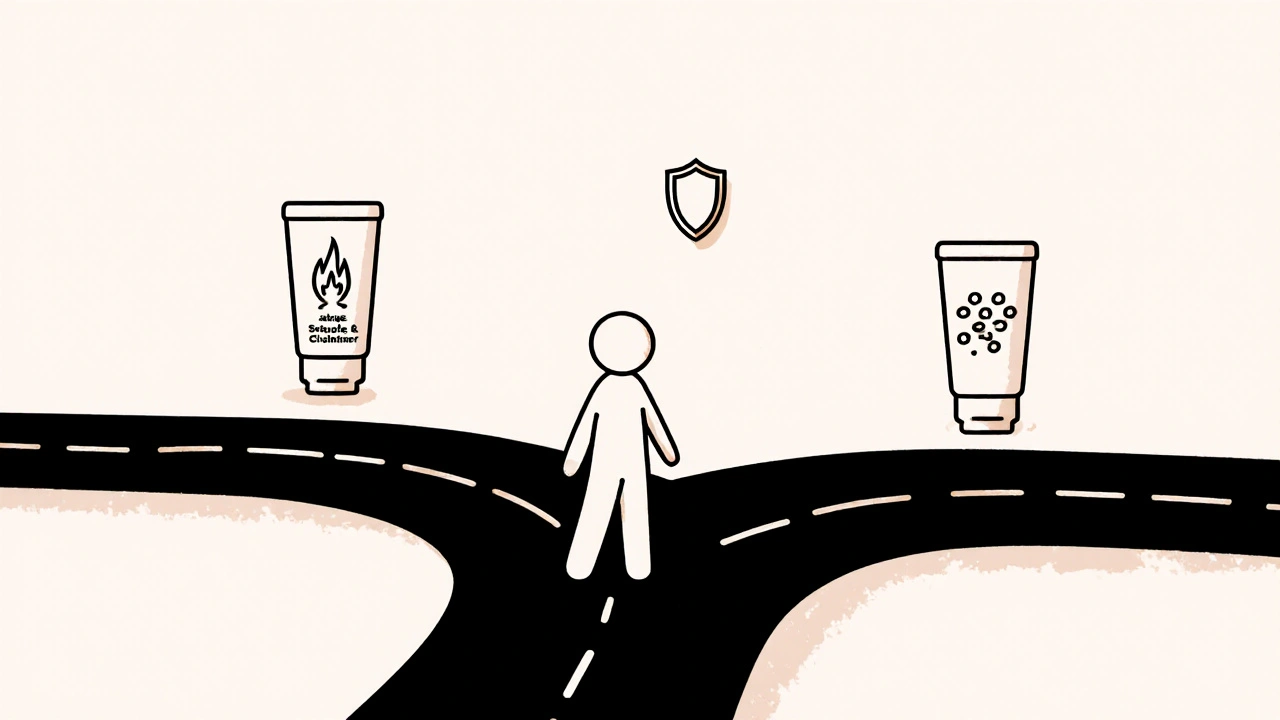
Safety profile: side‑effects to watch
All topical steroids can cause:
- Skin thinning (atrophy) with prolonged use
- Stretch marks
- Increased susceptibility to skin infections
Strong steroids like Betamethasone increase these risks, especially on thin skin (face, groin). Milder steroids (Hydrocortisone) have a lower chance.
Azole antifungals may cause local irritation, burning, or rare allergic reactions. Polyenes like Nystatin are generally well‑tolerated.
Always stop the cream if you notice worsening redness, pus, or severe itching, and see a doctor.
Choosing the right product - a quick decision guide
- Is there significant redness and itching? If yes, a steroid‑combined cream (Lotrisone or Hydrocortisone‑Miconazole) is helpful.
- Is the infection mild or limited to a small area? Consider OTC antifungal alone (Terbinafine, Ketoconazole, Nystatin) to avoid steroid exposure.
- Do you need a prescription? If you prefer OTC, pick one of the non‑prescription combos. If you have insurance, ask your provider if Lotrisone is covered.
- Are you treating a Candida‑dominant rash? Nystatin targets Candida without the steroid side‑effects.
- Do you have a history of steroid‑sensitive skin? Stick with low‑potency Hydrocortisone or steroid‑free options.
When in doubt, a short consultation with a pharmacist or dermatologist can clarify which cream fits your situation.
Frequently Asked Questions
Can I use Lotrisone on my face?
Lotrisone contains a strong steroid, so it’s generally not recommended for facial use unless a doctor says otherwise. A milder steroid like Hydrocortisone with an antifungal is safer for facial skin.
How long should I apply Lotrisone?
Typically 2‑4 weeks, once or twice daily. Do not exceed the prescribed duration because prolonged steroid use can thin the skin.
Is there an OTC product that works like Lotrisone?
A common OTC combo is Hydrocortisone 1% + Miconazole nitrate 2%. It’s milder but provides both anti‑inflammatory and antifungal actions.
What if I’m pregnant? Can I use Lotrisone?
Pregnant women should avoid strong topical steroids unless a healthcare provider advises otherwise. Safer options like low‑potency Hydrocortisone combos or steroid‑free antifungals are preferred.
Why does my rash keep coming back after I stop using the cream?
Recurring rash usually means the fungus wasn’t fully eradicated or the skin stayed irritated. Finish the full treatment course, keep the area clean and dry, and consider a follow‑up visit if it returns.
Bottom line: Lotrisone is a powerful tool for inflamed fungal infections, but it’s not a one‑size‑fits‑all. By weighing the severity of inflammation, the type of fungus, cost, and your skin’s sensitivity, you can pick a cream that treats the problem without unnecessary side‑effects.

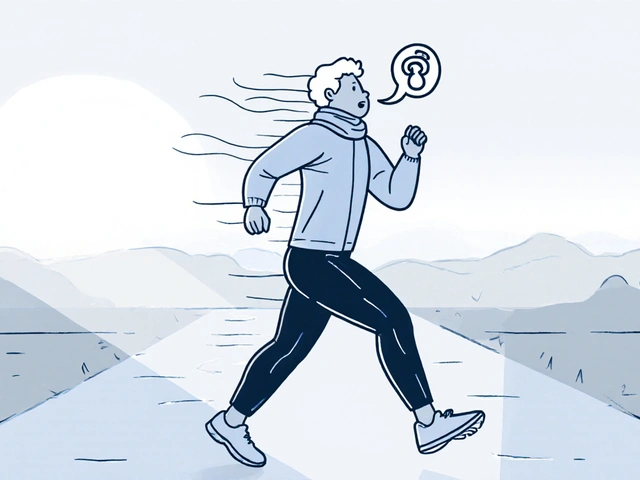

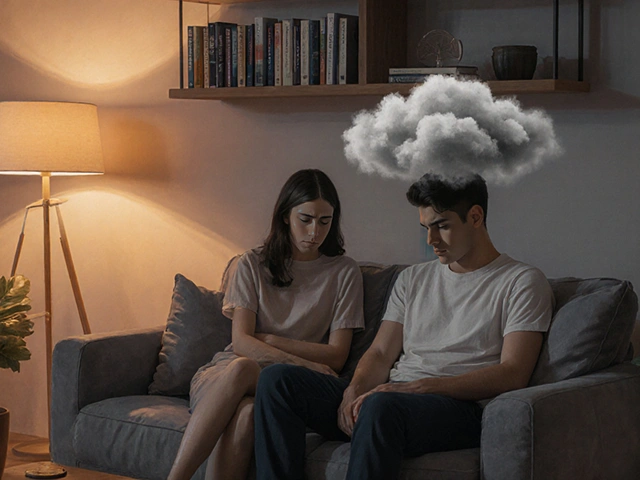
13 Comments
Ever notice how the most potent steroid‑antifungal combo always requires a doctor’s script, as if the pharmaceutical giants are protecting a secret revenue stream.
They market the dual action as a miracle, yet the same ingredients appear in obscure overseas creams that anyone can buy.
The steroid component, betamethasone, is a heavyweight that can thin skin in weeks, a fact buried under glossy pamphlets.
Clotrimazole, the antifungal partner, is perfectly safe on its own, but tied to a steroid it becomes a tool for dependency.
Regulators claim it’s about safety, but the data shows increased reports of steroid‑induced dermatitis when Lotrisone is over‑used.
Patients are told to stop after a few weeks, yet prescriptions are renewed without justification.
The hidden agenda is to keep patients in a cycle of short‑term relief and long‑term reliance.
Every refill is an opportunity for pharma to capture more profit, while the public remains unaware of viable OTC alternatives.
The marketing narrative dismisses low‑potency combos as “ineffective,” ignoring studies that show comparable cure rates for mild cases.
Meanwhile, insurance companies push for the prescription, further entrenching the monopoly.
Even dermatologists, many of whom receive speaker fees, subtly steer patients toward the brand name.
This creates an ecosystem where the most affordable, safe options are sidelined.
The irony is that the very ingredient you’re scared of, the steroid, can be replaced by milder agents that pose far less risk.
If the market were truly free, consumers could choose from a spectrum of strengths without a doctor’s gatekeeper.
The current system, however, thrives on complexity, ensuring that a simple skin irritation becomes a lucrative prescription.
In short, the Lotrisone narrative is less about clinical superiority and more about sustaining an economic engine.
When you’re battling a stubborn rash, it helps to remember that your skin is resilient and can bounce back with the right care.
Mixing a steroid with an antifungal is like having a two‑person rescue team: one calms the inflammation while the other attacks the fungus.
If the infection is inflamed, a combo such as Lotrisone can speed up relief, but don’t forget the lighter options when the irritation is mild.
Think of it as picking the right tool for the job; you wouldn’t use a sledgehammer to hang a picture frame.
Stay observant, keep the area clean and dry, and you’ll give the cream the best chance to work its magic.
And if you ever feel uncertain, a quick chat with a pharmacist can clear up which strength suits your situation.
You’ve got this, and your skin will thank you for the thoughtful approach.
The distinction between azole and allylamine mechanisms is elementary.
I feel u, sometimes the science gets tossed around like a buzzword and the real nuance gets lost.
Lotrisones power comes from that azole‑steroid combo, but for many folks the simpler terbinafine does the trick without the extra skin‑thin risk.
Just keep an eye on the irritation level and you’ll know when a steroid is overkill.
Indeed, the clinical decision‑making process should be anchored in both pharmacodynamic understanding and patient‑specific risk assessment.
When evaluating the necessity of a potent corticosteroid, one must weigh the potential for epidermal atrophy against the severity of inflammatory response.
In cases where the lesion exhibits limited erythema and pruritus, opting for a non‑steroidal antifungal such as terbinafine or ketoconazole can mitigate adverse outcomes while maintaining therapeutic efficacy.
Conversely, for robust inflammatory presentations, the synergistic effect of betamethasone coupled with clotrimazole offers rapid symptomatic relief, albeit with a narrower therapeutic window.
Moreover, adherence considerations play a pivotal role; a streamlined regimen may improve compliance, yet the long‑term stewardship of skin integrity remains paramount.
Thus, a tailored approach that integrates lesion morphology, patient comorbidities, and exposure duration yields the most judicious utilization of topical agents.
Many people jump on the hype of Lotrisone without interrogating their own need for a high‑potency steroid.
A superficial understanding of dermatophytosis leads them to overuse a cream that could have been replaced by a simple antifungal.
The problem lies in the cultural tendency to equate “strong” with “effective,” ignoring the dose‑response dynamics.
When the inflammation is negligible, applying a betamethasone‑laden formula is not just unnecessary-it is potentially harmful.
Clinical guidelines emphasize reserving potent steroids for cases where the immune response is pronounced.
Therefore, a more discerning prescription practice would prioritize patient safety over perceived potency.
There's a bright side to this whole discussion: with the right knowledge you can save money and avoid side effects.
Over‑the‑counter combos like hydrocortisone‑miconazole give you decent relief without the prescription hurdle.
Just make sure you follow the application instructions and you’ll see the rash clear up in a couple of weeks.
Sticking to the plan is half the battle, and your skin will thank you for the consistency.
Governments and big pharma collude to keep the public dependent on prescription steroids that line their pockets
They disguise the truth with scientific jargon and claim safety while the data on skin atrophy is quietly buried
Every refill is a reminder that the system profits from chronic inflammation that could be treated with cheap OTC agents
The narrative that only a doctor can prescribe the “right” cream is a control mechanism embedded in healthcare policy
Even the FDA’s advisory panels are staffed by industry insiders who steer regulations in favor of high‑margin products
Lotrisone becomes a flagship example of how complex formulations are marketed as indispensable
Meanwhile, genuine consumer advocates struggle to get unbiased information into the public sphere
The result is a populace that trusts the prescription label more than their own observations
If you look at the pattern across dermatology, you see the same loop of dependency, profit, and suppressed alternatives
Only by demanding transparency can we break the cycle and choose treatments based on merit, not money
i think people dont read the fine print they just trust the label its scary how many dont ask why
lotrisone looks fancy but you could buy cheap stuff at the store and it works fine
just be careful with steroids on sensitive skin ok
The skin is a canvas upon which the body paints its defenses and the choice of cream becomes a subtle dialogue between chemistry and biology
When we apply a steroid we intervene in that conversation, muting the inflammatory chorus but also risking the subtle balance of epidermal renewal
A mindful approach respects the limits of intervention and honors the body's innate capacity for healing
From a pharmacokinetic perspective, the percutaneous absorption rate of betamethasone is significantly enhanced when co‑formulated with clotrimazole, owing to the latter's lipophilic carrier properties.
This synergistic interaction facilitates deeper dermal penetration, which, while therapeutically advantageous in acute inflammatory mycoses, also escalates the probability of iatrogenic corticosteroid‑induced dermopathy.
Consequently, clinicians must calibrate the dosing schedule in accordance with the lesion's morphologic characteristics and the patient's dermatologic history to mitigate adverse events.
It is imperative to acknowledge that the editorial bias within mainstream medical literature often obfuscates the nuanced risk‑benefit analysis of high‑potency topical corticosteroids.
The propagation of selective evidence serves the vested interests of pharmaceutical conglomerates, reinforcing a cycle of dependency that undermines evidence‑based practice.
A rigorous appraisal of primary data reveals that non‑steroidal antifungal monotherapies achieve comparable cure rates in low‑inflammatory presentations, thereby challenging the purported necessity of formulations such as Lotrisone.
In light of these findings, a paradigm shift toward transparency and patient‑centred prescribing is both ethically mandated and clinically prudent.
Honestly, if you’re still reaching for Lotrisone after reading all this, you might be overcomplicating a simple skin issue.
Just grab an OTC antifungal and save yourself the steroid side‑effects and the pharmacy bill.